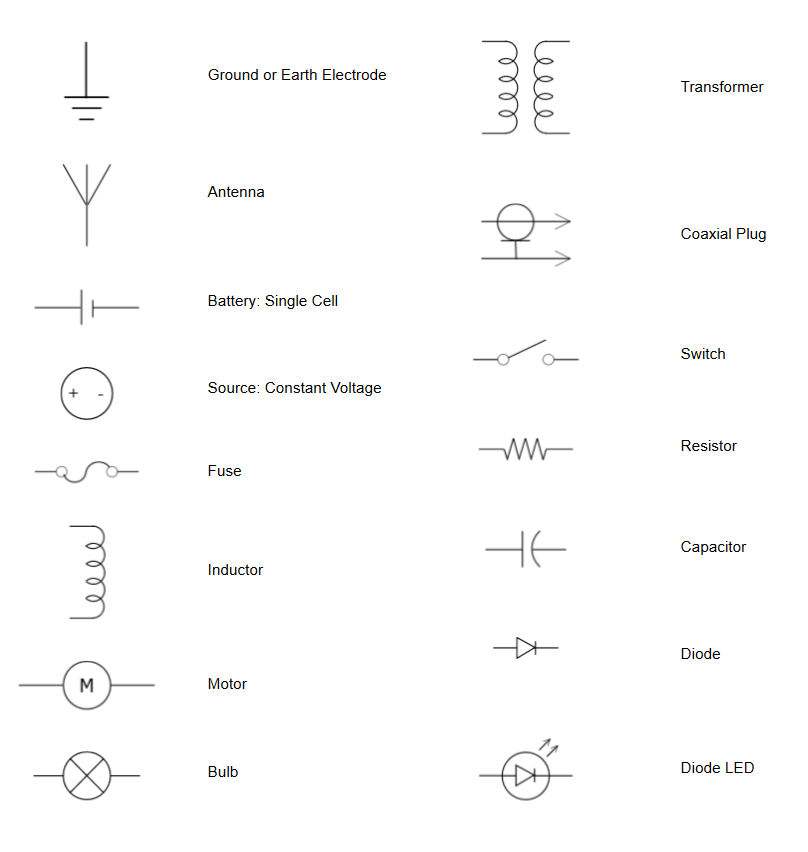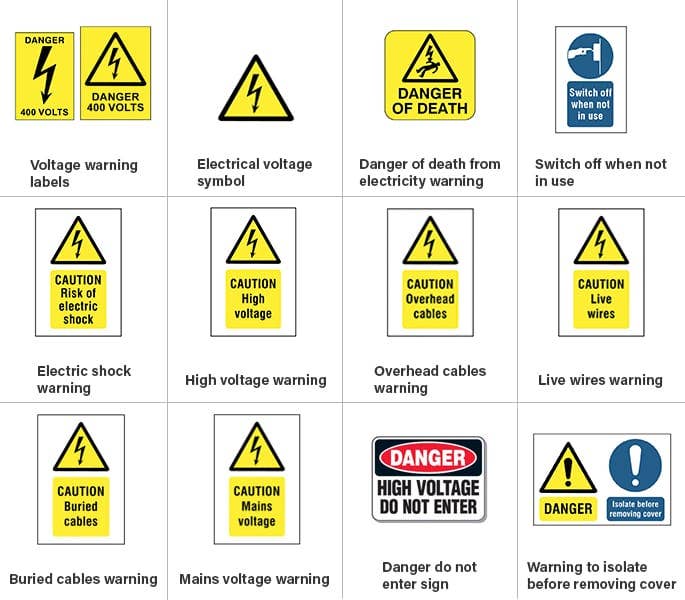In the contemporary epoch, we find ourselves immersed in the marvels of technology, an era where the ubiquitous presence of technological advancements has become an integral facet of our daily lives. From the crackling of the first telegraph to the seamless transmission of information through the internet, the pace of technological evolution has been nothing short of awe-inspiring. In this digital age, we are not merely witnesses but active participants in a technological revolution that has redefined the very fabric of human existence.
The Inescapable Embrace of Electricity
At the heart of this technological odyssey lies the undeniable influence of electricity—a force so ubiquitous that it has seamlessly woven itself into the very fabric of our existence. Consider, for a moment, a world devoid of the mesmerizing glow emanating from screens, the hum of electronic devices, and the instantaneous connectivity that electricity affords us. It is a scenario that borders on the unimaginable, emphasizing the indispensability of electricity in our modern lives.
Navigating the Hazards: A Delicate Balancing Act
Yet, amidst the marvels and conveniences that electricity bestows upon us, there exists an undeniable undercurrent of risk. The hazards associated with electricity demand our unwavering attention and caution. A single moment of negligence can unleash a surge of consequences, ranging from minor inconveniences to catastrophic events. It is incumbent upon us, as stewards of this electrified age, to navigate the potential pitfalls with meticulous care and prudence.
A Symphony of Gadgets and Apparatus: The Electric Orchestra
Our daily lives are orchestrated by an ensemble of technical gadgets, apparatus, and appliances, each playing its unique role in the grand symphony of modern living. From the intricate dance of electrons within our smartphones to the rhythmic pulsing of power-hungry devices, our reliance on electricity is irrefutable. The ceaseless hum of refrigerators, the dazzling display of televisions, and the subtle glow of bedside lamps all bear testimony to the silent but omnipresent role played by electricity in sustaining the orchestra of our technologically driven lives.
The objective of Symbol Placement for Safety Alerts
The underlying purpose of strategically situating electrical safety symbols transcends mere aesthetics. These symbols serve as silent guardians, designed to forewarn individuals about the potentially grave consequences that may arise from the impending threat of burns, electric shocks, or other hazards. Their presence is a proactive measure, a visual beacon urging caution and adherence to safety protocols.
Global Incidence of Electrical Accidents and Prevention Measures
In a world where technology permeates every facet of our lives, it is no surprise that electrical accidents occur with alarming frequency on a global scale. These incidents, like ominous shadows, cast their influence in every nook and cranny of the world. However, the key lies not merely in acknowledging the existence of these accidents but in taking affirmative action. Through dissemination of proper knowledge, comprehensive learning, targeted training, and the strategic placement of warning signs, the stage is set to prevent, or at the very least, mitigate the tragedies that might otherwise unfold.
Crucial Nature of Electrical Safety for All Individuals
The unequivocal truth remains that electrical safety is not an exclusive concern for a select few. It transcends professional boundaries and permeates into the fabric of our everyday lives. Whether one is directly engaged with electricity, navigating the intricacies of electrical circuits and systems, or merely encountering electrical appliances in the familiar environs of home or workplace, the gravity of electrical safety is undeniably paramount. This significance extends beyond conscious thought, necessitating a collective commitment to vigilance and adherence to safety norms.
Illuminating the Path to Safety: Electrical Safety Symbols
In this intricate dance with electricity, where the stakes are high and the consequences profound, a set of visual cues emerges as our guiding lights—electrical safety symbols. These symbols, akin to ancient hieroglyphics, speak a silent language of precaution and alertness. They serve as beacons, illuminating the path to safety amidst the currents and circuits that define our modern existence. Understanding and heeding these symbols become imperative, offering a shield against the invisible perils that lurk within the seemingly benign flow of electrons.
Electrical Safety Symbols
Electrical safety signs adhere to two fundamental rules to effectively convey warnings. These signs, marked by bold backgrounds, are meticulously stylized to catch the eye and impart a sense of urgency. The emphasis lies not only on the symbols themselves but also on their strategic placement, ensuring they occupy a position that is unmistakably visible to all individuals within the vicinity. In this article, I am going to talk about 44 Electrical Safety Symbols Signs Meaning to Know about.
One of the greatest ways to keep yourself safe and away from all unwanted hazards and be safe around electricity is to rightly understand the basic electrical safety symbols placed here and there. Below, you will find useful Instructions regarding electrical signs:
| Description | Symbol |
| Electricity Symbol Among all other electricity signs, the common is a lightning bolt. A black thunder blot is seen on the yellow, triangular background. However, color and shape may differ. |
|
| Electrical Safety Symbols – Voltage or Shock Hazard Symbol This very symbol demonstrates a bolt or a bolt through a hand, with a red circle and a line across. The sign alerts about injury, casualty, or death that is likely to take place from high-voltage electrical equipment nearby. The red color represents a danger alert. |
|
| Electrical Safety Symbols – Static Hazards A lightning bolt on the bottom of a shoe signifies that there is a danger of an explosion occurring from static electricity. The sign is mostly black text on a yellow background. |
|
| Electrical Safety Symbols – Health & Safety There are many causes, including wet floors, fire exits, and electrical safety conditions, to display the Health and safety signs. The danger would often be mentioned using one word written across the sign on electrical safety signs that address health and safety. The sign is mostly black text on a yellow, triangular background. |
|
| Electrical Safety Symbols – Buried Cable Symbol This is a particular sign with black text on a white background. A bolt with an arrow pointed downward is used to identify buried cable signs. The red color represents a danger alert. |
|
| The places to find the Electrical Safety Symbols The electrical safety signs described here are to be seen in many visible places. You need to keep your eyes open and understand the emergency of signs or language. Don’t this the color and text to be as same as demonstrated here, keep your senses open to find if there is any change in reality. |
|
| Electrical Safety Symbols – Electrical Devices Electrical appliances are very sensitive to use. Appliances, gadgets, switches, wire boxes, types of equipment, and other electrical devices to be often marked with an electrical safety sign, to warn users of what dangers might be occurring during use. |
|
| Electrical Safety Symbols- Restricted Areas There are some areas to be away from civilians. You may see visible Prohibition signs in areas to prevent people from walking into and around a danger zone. High-voltage areas such as substations or areas where high-voltage electricity is used, display these signs. |
|
| Electrical Safety Symbols – Danger/Safety (Universal) The danger or safety symbol is used for all to alert against danger and sometimes guide about safety as well. The universal symbol shows a triangle with an enclosed exclamation point. |
Electrical safety signs to learn

Types of Electrical Safety Symbols
Simplified, stylistic symbols are good to use in place of a long description or a bunch of text. Apart from the signs mentioned above, there are many other kinds of electrical safety signs used on electrical safety signs to render civilians useful information on the likelihood of electrical accidents when the signs are ignored.
Portable Appliance Testing (PAT) signs
Portable Appliance Testing (PAT) helps us to identify the status and usability condition of an appliance. Upon successful PAT testing, the following labels are stuck on electrical appliances, gadgets, and accessories:
The authority recommends whether an electrical appliance or gadget is safe or unsafe to use. The sign may be circular or rectangular in shape, green, white, or red, and placed in a visible location.
The colors mean a lot in the PAT symbols. The green ‘passed’ PAT label represents the date of the test as well as the name of the person who carried out the test, along with the date of the next test is due.
On the other hand, any equipment with a red ‘failed’ PAT label is a kind of alert, and strongly recommend that we stop using or touching it as soon as possible.

There are some other visible labels, which are similar to the red and green PAT labels, that authenticate whether equipment, gadgets, appliances, and instruments have been checked and are safe to use until a certain period (next test dates may be incorporated to the symbol sticker as well):

Electrical Hazard Warning Signs
Electrical safety signs of these kinds are commonly found around workplaces – especially construction sites, big workshops, factories, and farms where the use of high-voltage electrical equipment or cables is a routine –
as well as in any building, construction, or location where electricity may cause imminent danger. The text, shape, size, and color of the signs may vary from place to place, but the pictograms are the same and universal, such as: Buy Electronic Components, lC chips, Module Darlington, Capacitor, find chips, diode, Transistors, Sensors, IGBT at Utsource.

Download Electrical Warning Signs and Symbols pdf: https://www.nrc.gov/docs/ML1025/ML102530301.pdf
More Interesting Articles
- 16 Best Netflix Alternative Movie Sites You Can Try
- 11 Steps on How to Protect Your Invention and Idea
- 7 eSIM Advantages and Disadvantages – Pros | Cons
- 16 Predictions for the Future of Smartphone Technologies
- 5 Steps to Solve I have an Invention Idea but No Money
- Big Data Automation – The Future of Technology
- 10 Steps to Learn How To Be A Good Inventor
- How to Have An Idea Now for An Invention in Future
- 12 Trends of Internet of Things Digital Transformation 2023
- Ideas for New Invention – How to Start and Finish
- Patent on Inventions and Ideas – Importance | Process
- 10 Steps to Commercialize – I Have An Idea For a Product
- List of 29 Inventors Killed by Their Own Inventions
- List of Female Nobel Prize Winners – 1903-2023
- Marie Curie Inventions – Why Was She Conferred Nobel Twice?
- 30 Great Aristotle’s Inventions – Contributions | Discoveries
- List of 222 Nobel Prize Winners in Medicine – 1901-2023
- Types of WIFI Routers – How to Choose Different Types of Routers
- 5 Great Alessandro Volta Inventions and Discoveries
